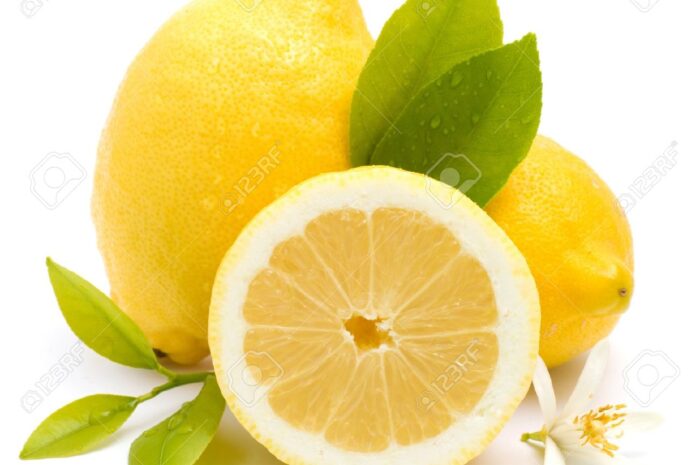Avocado production is on track to triple its growth by 2030 compared to levels in 2010 by reaching 12 metric tons (MT), according to an FAO report.
The OECD-FAO Agricultural Outlook 2021-2030 says that, while avocado has the lowest production level among the major tropical fruits, it has experienced the fastest growth in production in recent years.
This fruit is expected to remain the fastest-growing commodity of the major tropical fruits during the reporting period.
Ample global demand and lucrative export unit prices continue to be the main drivers of this growth, stimulating substantial investments in area expansion in both major and emerging production zones.
Production and Consumption
Avocado production has so far been concentrated in a small number of regions and countries, with the top ten producing areas currently accounting for almost 80 percent of world production.
Despite the above, the report said that around 74 percent of avocado production is expected to remain in Latin America and the Caribbean, given the favorable growth conditions in the region.
In response to the rapid growth in global demand, avocado is expected to become the most traded tropical fruit by 2030, reaching 3.9MT of exports and surpassing both pineapples and mangoes in terms of quantity.
Given the high average unit prices of avocado, the total value of world avocado exports would reach an estimated US$8.3 billion in constant value terms from 2014 to 2016, placing the avocado as one of the most valuable fruits.
Production in Mexico, the world’s largest producer and exporter, is expected to grow 5.2 percent annually over the next ten years due to continued growth in demand in the U.S.
As such, and despite growing competition from emerging exporters, Mexico is expected to further increase its market share to 63 percent in 2030.
The report also said that the U.S. and the EU are expected to remain the top importers, accounting for 40 percent and 31 percent of world imports in 2030, respectively.
However, imports are also increasing rapidly in many other areas such as China and some Middle Eastern countries, and, as measured by the Herfindahl-Hirschman index of all importers, the concentration of imports is gradually decreasing.
Related News & Updates
Become a Member
Join AHT
We’re the peak industry body for Australian Horticulture Trade. Joining AHT helps us advocate for you & the greater good of the industry.
Benefits OF joining
- Representing you, monitoring developments and potential threats to imports & exports
- We work on your behalf on solutions & opportunities to facilitate and maintain trade
- Be kept up to date with important issues affecting horticultural imports & exports



